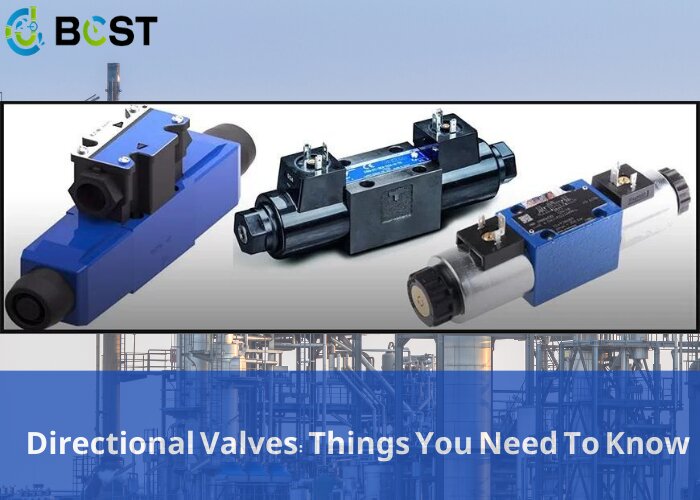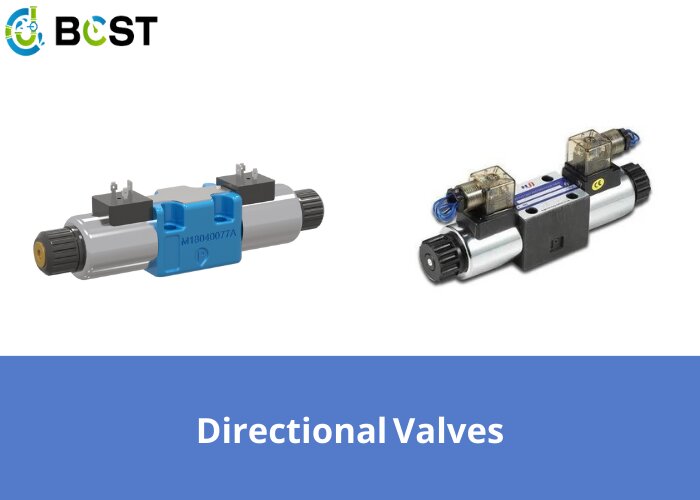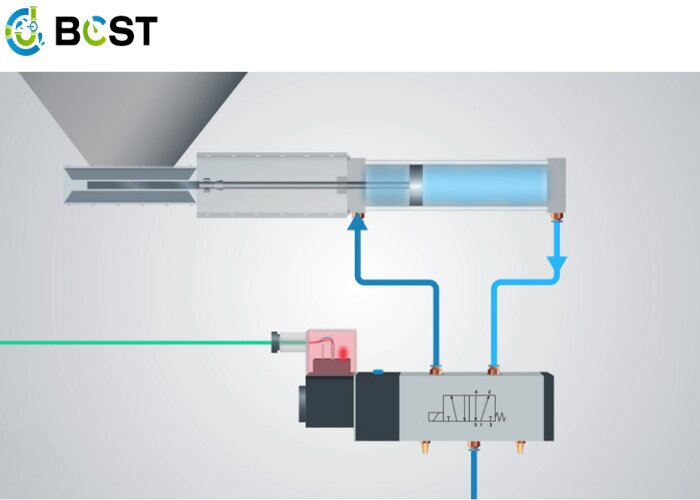
Directional valves are fundamental components in hydraulic and pneumatic systems, serving as the control mechanisms that direct fluid flow in a desired direction. Whether you’re an engineer, a technician, or someone simply curious about fluid power, understanding directional valves is essential. In this blog post, we’ll explore the top five things you need to know about directional valves, highlighting their importance and functionality in various applications.
What are Directional Valves?
Directional valves, or control valves, are crucial components in hydraulic and pneumatic systems. They determine the path that fluid or air takes within a system, allowing you to control the movement of cylinders, motors, and other actuators.
Directional valves work by controlling fluid flow through different ports or passages. They consist of a movable element, such as a spool or a poppet, which can be shifted to create various flow paths. By adjusting the valve’s position, you can decide where the fluid goes, enabling precise control over the movement of machinery, such as raising a hydraulic lift or extending a pneumatic cylinder.
Directional valves are integral to various industries, including manufacturing, agriculture, construction, and aerospace. Understanding how directional valves work is vital to optimizing efficiency and safety in these applications.

Top 5 Things You Need to Know
1. 2-Way, 2-Position Valves
These valves, like directional valves, act as fluid diverters. “2 way” indicates that fluid or other substance can enter the valve one way and depart the other (inlet/outlet ports). “2 positions” refers to the option of “open” or “closed,” with the open position allowing fluid to pass through the valve and the closed position not. Automated 2-position, 2-way valves are either NO (usually open) or NC (typically closed). When the actuator is de-activated, a NO valve enables fluid to flow through the valve and only shuts, stopping fluid movement when the actuator is energized. An NC valve is unique in that fluid travel is stopped while the actuator is de-energized and resumed when the actuator is activated. The distinction is critical since other piping systems perform different functions. There are more intricate 2-position valves. However, the most common and straightforward directional valve is the 2-way, 2-position valve.
2. Actuation
An “actuator” is usually an external force that commands internal movement within the directional valve. Manual actuation means by hand, while actuation means something more sophisticated, like electricity. The most critical consideration, however, is speed. The material utilized to alter fluid direction is almost irrelevant as long as the actuator can do so at the speed your piping system requires. With this in mind, comparing two different actuators is beneficial. The first type is the “solenoid valve”. This is an external electrical actuator (called “direct-acting”) that controls the on/off position. Another type of actuation describes a different valve configuration, which utilizes an internal pilot that determines fluid flow–this “piloted” action is directed by fluid pressure itself.
3. Configuration
There are many 2-way, 2-position valves. All perform similar operations, but none of them are precisely the same. Configuration is often determined by process mediums–what’s traveling through the valve–valve actuation, and what the valve needs to do. For example, a way 2-position valve designed to work in a NO position will not work for an application that requires one to operate NC. Similarly, a 3-way, 2-position valve will have features and directional control abilities that a 2-way, 2-position valve will not.
4. Size Selection
Sizing a valve goes far beyond knowing whether or not it “fits.” This is where another critical aspect of valve configuration comes into play. Different ports–as in “full” or “reduced”–will affect qualities such as the speed of a fluid or other medium’s travel, as well as its pressure. As a result, port size, bore, and diameter are critical to a piping system’s integrity. This is especially true in the fields of pneumatics and hydraulics.
Port placement is also essential, as they can be inline, at right angles, or parallel in their configuration.
5. Installation and Mounting
Typical 2-way, 2-position valves are threaded and designed for in-line installation between two open pipe ends. Among the many references available, the “flanged” valve, which is held together by bolts, is highly advantageous in applications requiring the valve’s periodic removal for inspection, repairs, or replacement. Some installations will necessitate a valve manifold, which saves space and time by allowing several valves to be mounted to a single-directional flow control path. Many valves, including actuated valves, can be positioned vertically or horizontally. While this is standard for most valves nowadays, piloted valves may be an exception.

Conclusion
Learning the directional valves is important for understanding the hydraulic and pneumatic systems.because they are the essential parts of controling the fluid and gas flow in all of the industries. The blog provide 5 insights of these valves , emphasizing their significance and different types. No matter spool, poppet, or rotary valve, choosing the correct directional valves is important for improving the system efficiency and safety of the valves .With these information, you can make the wise decision and increase the machinery performance. Please go on exploring the fluid world, because just the one step of Thank you for you come with us to walk into the successed journey of fluid field.






